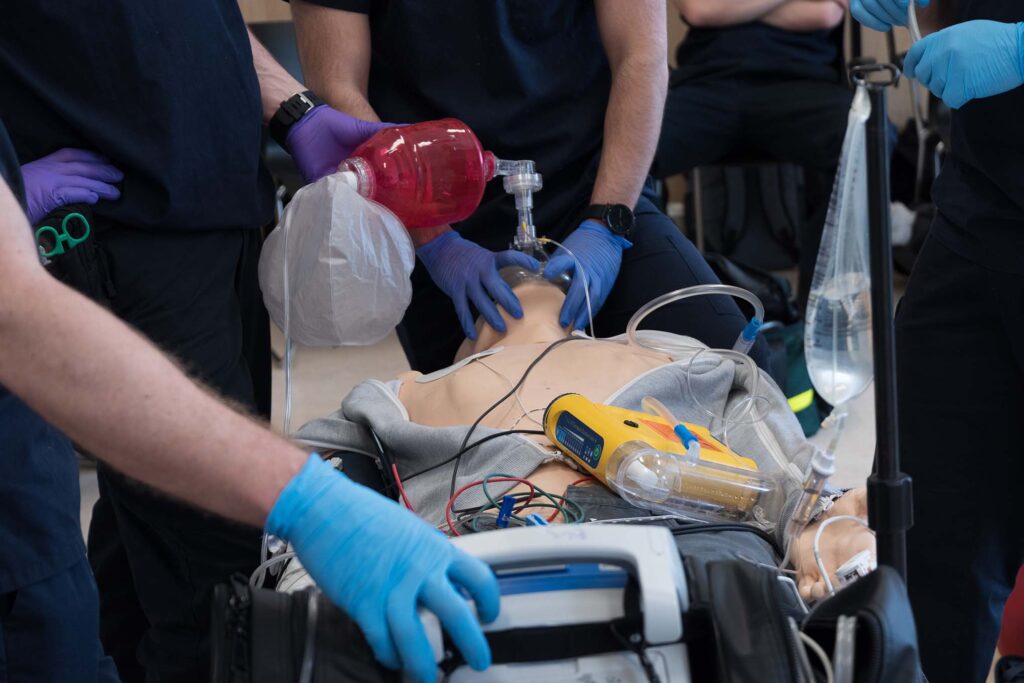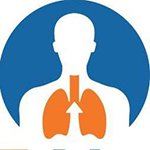
Shutterstock/frankspu
By Brian M. Light
The primary goal of EMS, is to always do the best for our patients. Many new and excellent tools have emerged to make our jobs easier, and with that fantastic, expanded toolbox, it is often easy to forget the importance of basic procedures.
As new algorithms and methods continue to evolve, we’ve continued to see changes over the years. Leading organizations such as the American Heart Association, American Red Cross and the International Liaison Committee on Resuscitation have consistently championed the need to bring us together to improve cardiac arrest outcomes. For example, bystander CPR is hands-only, and education has increased the actions taken before we get on the scene.
Increasing Survivability in Cardiac Arrest
In cardiac arrest, increasing survivability requires a detailed look at what we are doing to patients in the field. The main goal is perfusing the body’s tissues with oxygenated blood, which requires increased cardiac output. Effective, high-quality CPR is the first and most vital part of this. Many systems use continuous compressions and mechanical CPR devices to improve cardiac output.
Cardiac output is not possible without first having effective return of blood to the heart. Thus, we must look at the “other side” of the heart and see what we can do about preload. The relationship between increased intrathoracic pressure from positive pressure ventilation can come from excessive positive pressure ventilation, which may also result in gastric distention.
During cardiac arrest resuscitation, we will inadvertently increase intrathoracic pressure. For example, bag-valve-mask ventilation on a patient, just by itself, increases intrathoracic pressure. Once we move from negative air to positive pressure, we move that pressure gradient from one side to the other.
Typically, normal, negative pressure respiration has a transient thoracic pressure of -5 to -8 cm H2O. When positive pressure is applied, we see a significant shift to increased thoracic pressures. Typical pressures in positive pressure ventilation (PPV) range from 15 cm H2O to 30 cm H2O. These pressure changes negatively affect the return of blood to the right side of the heart through the vena cava and thus decrease return (preload) to the heart, ultimately decreasing output.
Additionally, gastric distention is generally seen with peak pressure greater than 20 cm H2O. With an understanding of these physiologic effects, we can thoughtfully consider ways to balance the beneficial effects of ventilation while also mitigating the consequences.
The best strategy for mitigating increased intrathoracic pressure is performing good PPV. Appropriate use of peak end-expiratory pressure (PEEP), while ventilating can minimize the increase in intrathoracic pressure. Slower ventilation may decrease pressures by prolonging inspiratory ventilation time. Another overlooked aspect is the volume of air used during ventilation.
Tidal volume measurements are based on ideal body weight instead of actual body weight. As patients become obese, they build adipose tissue over the respiratory system. It is common in EMS to use an initial volume of 500 ml for an adult. However, when correctly applying an ideal body weight strategy of 4 to 8 ml/kg of ventilation, many patients end up being far below 500 ml. Over-ventilation is one of the easiest and most common items to fix in cardiac arrest.
Looking for adequate chest rise while also looking to end-tidal and pulse oximetry to determine ventilation status. Ventilate the patient at a rate that allows the patient to have time to exhale, decreasing pressures to normal leaves. Patients with respiratory diseases may also have higher pressures and need to use lower volume.1
Over-ventilation in our cardiac arrest also tends to cause gastric distention, which may further contribute to increased intrathoracic pressure as the stomach pushes into the diaphragm. While advanced airway management, synchronized compressions, and ventilation can be beneficial, there is no way to eliminate the air trapped in the gastric system. The data is mixed regarding whether this is a barrier to obtaining the return of spontaneous circulation (ROSC).
For example, a study done in Japan has shown an increase in ROSC rate when the patient had less gastric distention. This study showed a 3.7% increase in ROSC without gastric distention. While showing a slight increase in ROSC, this study demonstrates the need to address gastric distention. More than 25% of patients in the study had significant gastric distention when presented to the ER in arrest.
Gastric distention also directly correlates to duration of prehospital care; the longer the patient is with EMS, the higher the incidence of gastric distention. The only other high variable to cause gastric distention was standard CPR, usually not using any advanced airway. Gastric distention is easily and quickly managed in the field with gastric decompression. Other studies have not shown that gastric distention prevents ROSC.2
Many EMS systems use nasal gastric and oral gastric (NG/OG) tubes for gastric decompression; however, we do not see this used across EMS as a standard of care. Many systems wait to follow the general guidelines of standard setting organizations such as AHA. However, there is a great deal more we can do to improve outcomes. Enough systems are using NG/OG for decompression, so we can still see what outcomes are possible. NEMSIS data lets us look at ROSC with and without gastric decompression.
When informally examining one year’s worth of NEMSIS data, we see a significant increase in ROSC with decompression. With this information, we also do not know when the NG/OG was placed during the arrest. However, the data shows an overall increase in ROSC.
The populations from NEMSIS are very different, with cardiac arrests being over 583,000 incidence, and our population with gastric decompression is slightly above 5,000 patients, or less than 1% of the total population. In one year, while ROSC is seen in 23% of the population without gastric decompression, there is a double-digit increase in ROSC with gastric decompression, to over 42%.
While this is only one year of data, it shows a profound rise in ROSC with a simple procedure—with impressive benefits. Although additional, formal, scientific analysis is needed, both studies showed increased ROSC from gastric decompression, demonstrating the need to institute the practice.
Gastric distention can happen with overinflation or increased pressure while bagging, but it can be managed easily. Gastric decompression is an easy skill. It is taught in most paramedic programs and can also be taught and put into practice at any training site.
In prehospital medicine, although we always have the best intentions, sometimes we miss the mark of doing all we can for patients. Gastric decompression through NG/OG should be done early on obtain ROSC and hopefully improve survival. This procedure also minimizes other arrest complications, most notably aspiration.
There are few true contraindications for using NG/OG in the field. These include esophageal strictures or abnormalities along with nasal or esophageal surgery. The goal is to improve neurologically intact survival and to minimize time to CPR and defibrillation in the out-of-hospital environment.
We must remain vigilant in efforts to balance effective inflation to achieve chest rise, with minimal pressure in bagging to decrease intrathoracic pressure. Small steps have a great outcome as we manage our arrest patients. Let’s give our patients the best chance of survival by controlling the variables so that we can decrease possible downtime in cardiac arrest.
References
- Caroline, Nancy, and American Academy of Orthopaedic Surgeons. Nancy Caroline’s Emergency Care in the Streets (9th ed.). Jones & Bartlett Learning, 2022.
- “What Is NEMSIS.” National EMS Information System (NEMSIS). Accessed March 2025. nemsis.org/what-is-nemsis/.
About the Author
Brian M. Light, MS, is part of the public safety faculty in the Colorado College system. He has a master’s degree international business management and a bachelor’s degree in emergency management and disaster planning. Light has 30 years in the field of EMS, with a background in critical care. He is also a QA/QI specialist and educator.
Exclusive feature content from thought leaders in airway management.



Thanks for the insightful article on gastric decompression. There are few points I would like to make about ventilation however. You mentioned the inspiratory pressure is usually around 15-30 cm/H2O. How does the average provider measure that? Are you are referring to a manometer? If so, remember it reflects PIP (peak inspiratory pressure), NOT lung pressure. PPV is necessary to overcome airway resistance, that is why it is called PPV. PIP does not equal lung pressure. In other words, a PIP of 15 may not even get air into the lungs as most of it is absorbed by airway structures.… Read more »